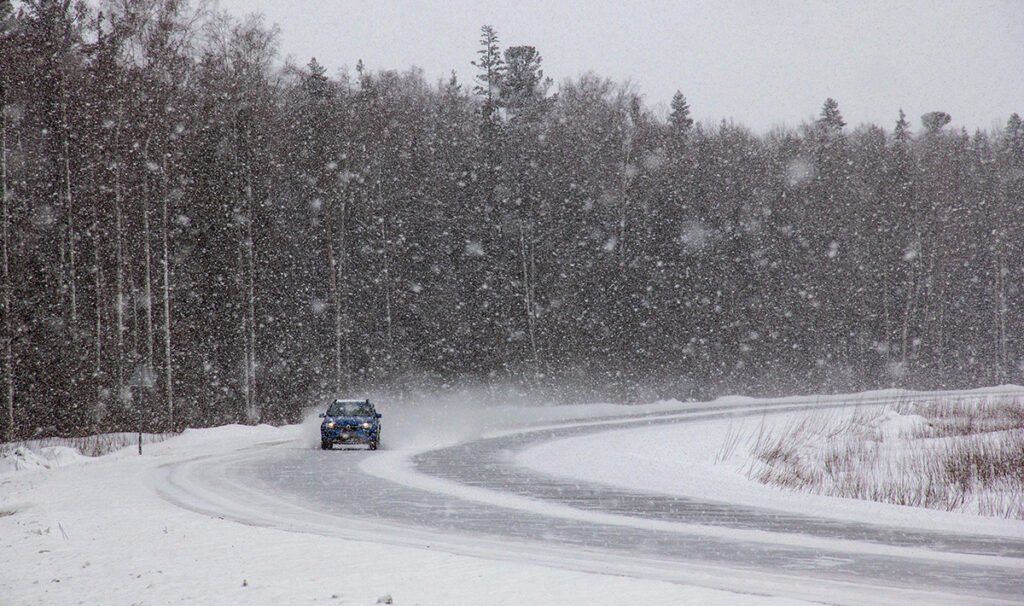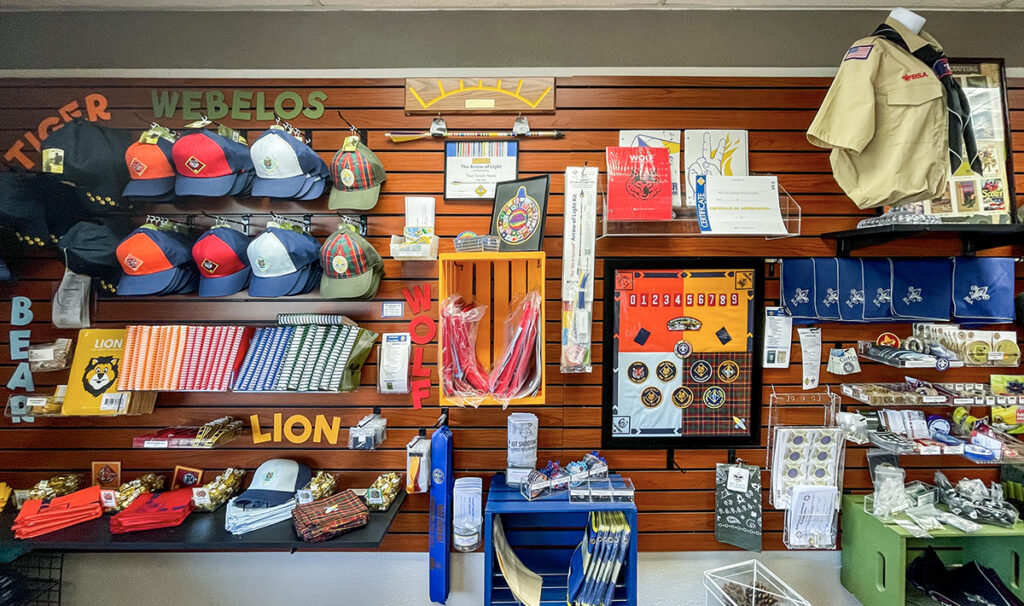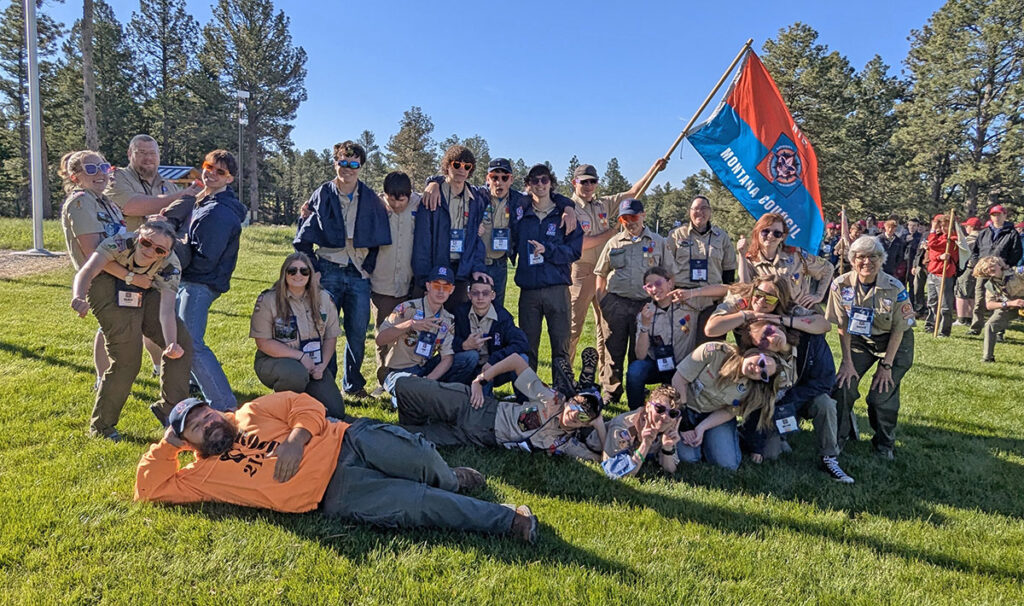
Since moving to Montana, I have noticed something about living here. As Scouters, we tend to drive long distances at times. This can be a challenge given several factors including fatigue, distractions, and weather.
Scouting has been improving the safety of our members and, as someone who knows the weather well, I was asked to take a closer look into winter driving as it relates to our activities. I realize there are others in the council who know more about the ins and outs of winter driving but consider this from the point of view of a relative newcomer.
As each of us becomes used to any number of activities, there is a natural tendency to not focus on details.
Looking at the specifics of winter driving, one only needs to watch the news during a winter storm to hear about the number of accidents and slide-offs around the state.
After consulting the Montana Department of Transportation safety handbook (which can be found here), I would like to offer a few “tips” for your consideration:
- Vehicle maintenance should not be overlooked. Indeed, I treat this like my annual doctor’s visit. Taking care of those safety needs like tires, lights, fuel filters, batteries, and brakes can go a long way in keeping you safe. Don’t forget the wiper fluid either. I also believe in studded snow tires not for the improved traction, but as an aid to stopping when the “other guy” messes up.
- Know before you go. Take the time to understand the weather impacts of where you are driving before you go and for the return trip. Be willing to modify departure times to give roads a chance to melt off. There are several weather apps for cell phones that are reasonably accurate (I have two myself just to get a different forecast).
- Extend that distance between vehicles. Montana roads are very good. They are designed for high speed (think I-90/I-15) but remember that the speeds are for warm, dry summertime trips. When winter hits, the sun is at a much lower angle casting shadows on roadways where ice can form causing a loss of traction.
- Think seriously about using cruise control. This is great for long trips but might cause unplanned acceleration at the wrong spot on a road.
- Think seriously about yourself. Are you heading out tired? Are there distractions in the vehicle that might cause your attention to wander, and can those be reduced before starting the vehicle? Can you switch driving with someone who is fresher? Do you have good sunglasses to protect against road glare and eye fatigue?
- Finally, what about the 10 essentials? In Scouting, we have ten backcountry essentials. Why not do the same thing for your vehicle? The link above has a great list that can be tailored to the individual. I would recommend you look and be prepared (I have heard that someplace) for the possibility you could be stranded, outside of cell range and might have to weather in place until help arrives.
So, again – please take this in the spirit it is offered. This could be a good Roundtable topic for units as we are embarking on the winter outings. And consider – the most dangerous part of a winter Scout outing is most likely the drive to and from camp.
Gary Ely
Montana Council Commissioner




